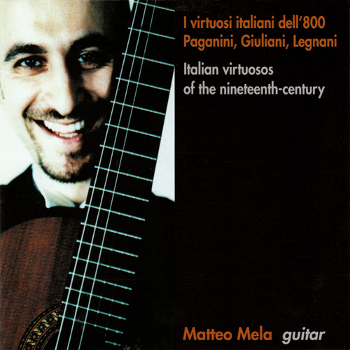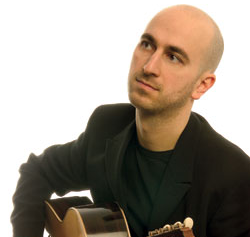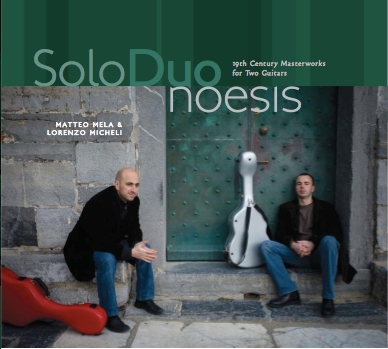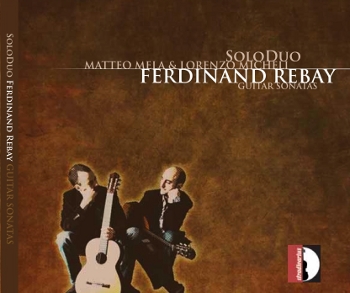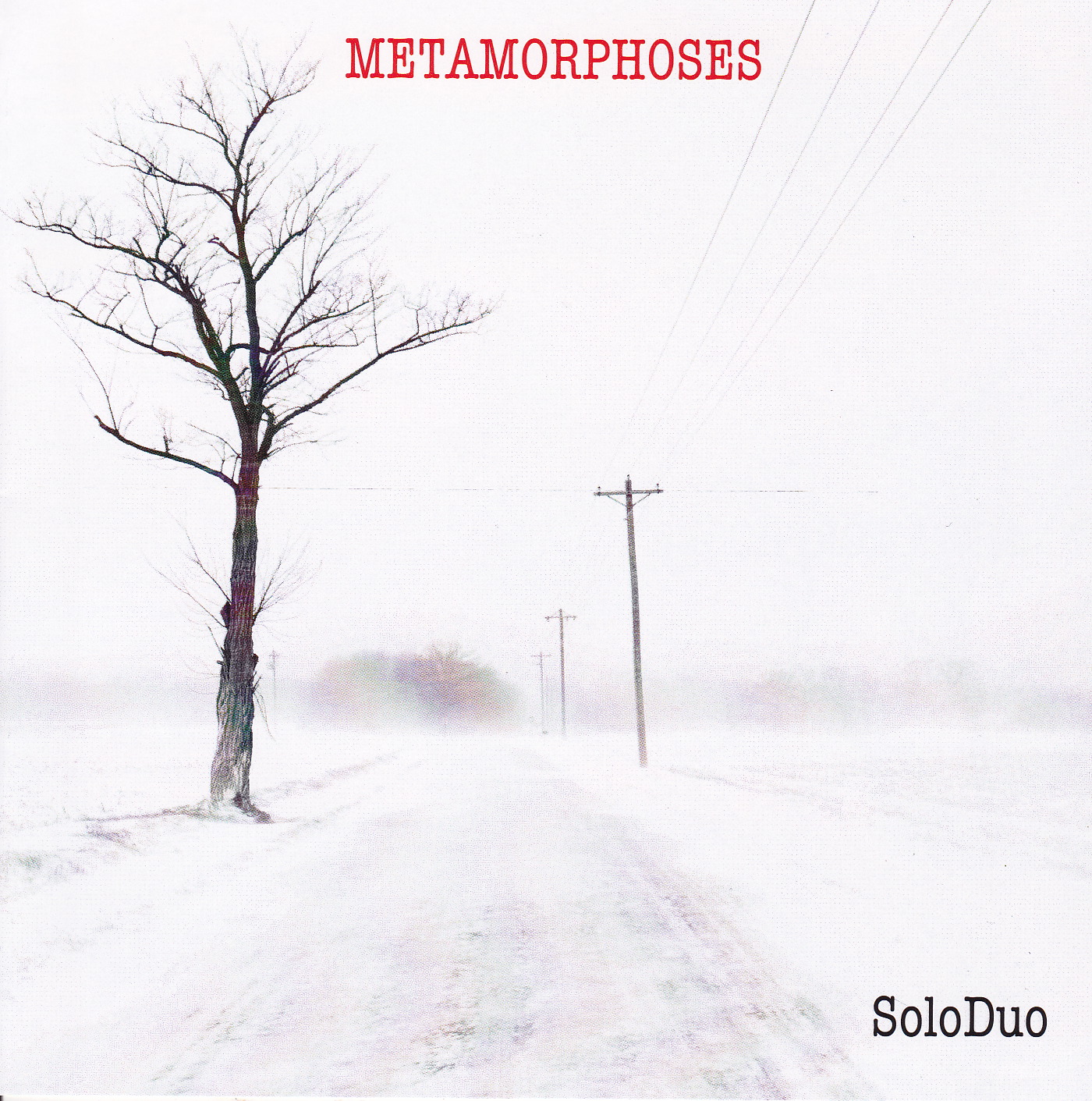Italian Virtuosos of the Nineteenth Century
Paganini, Giuliani, Legnani
The shadiness of the guitarristic biography of Niccolò Paganini and the predominance of conjectures over the ascertained and documented events, are due not only to a lack of information but to the absence of a systematic study supplied by rigorously scientific methodologies. One of the most accredited hypothesis in recent and less recent studies suggests that Paganini poured great efforts into his compositions for solo guitar written in his younger years, from around the years 1795 to 1804, in later years prevailing the intent to validate the virtues of chamber music for the instrument, using various ensembles from the duo to the quartet. The sole exception is presented in the later Ghiribizzi solos for guitar(around 1819-20), written, according to the violinist, for a "child in Naples" with the intent "not to compose but to scribble" (from a letter to Germi dated 29.11.1823).
Generally accepted as belonging to the genoese period, that is from the years 1797-1804, are the so-called Sonatas for the french guitar M.S. 84, in spite of the doubts and circumspection formulated by Danilo Prefumo and Ruggero Chiesa. Manuscripts, containing 37 sonatas, attest to a compositional effort anything but casual, dedicated to a personal exploration of the technical and expressive resources of the instrument. If the dates of the Sonatas could be definitively confirmed (and for some they are), the genoese composer would hold the title of precursor of the modern guitar technique, exemplified in the works of Giuliani and Carulli published in Vienna and Paris beginning in 1807.
The 37 pieces are for the major part divided into two movements, a characteristic which associates them with the eighteenth Century, and specifically Italian, form of the two-part Sonata rather than with the "classical", Viennese model recalled in the chronological arrangement and the terminology used. Notably, almost all the first movements are called Minuetto. Therefore, that these movements in reality have little or nothing to do with the dance does not escape the listener, in spite of the insistence of the ternary rhythm. The reasons for a designation so apparently unfit are completely unknown; it has even been stated that the author was referring to a "minute piece" (Edward Neill). Furthermore, it is useful to note that the formal bipartitism is due to a precise expressive aim: in contrast with the airiness and the rhythmic brilliance of the initial Minuets, the grace of the second movements, designated Andantino, Allegretto, Rondoncino and in some cases Valtz, functions as a counterbalance. Regarding the instrumental virtuosity, Paganini draws from a technical arsenal not envying that of Giuliani or Legnani: beyond the fast scales and passages of thirds, sixths, octaves and tenths, dominates the preference for the higher positions that would become the characteristic trait of his transcendental violinistic writing.
The fame accumulated during his 13 years Viennese sojourn accompanied Mauro Giuliani (Bisceglie, 1781 - Naples, 1829) upon his return home, where, at least with verbal declarations, he was received as only a "fertile and loving mother of genius" knows how in respect to "those of her children who in particular distinguish themselves". (Diario di Roma, May 6th, 1820). In reality, Italy did not give her worthy son the laurels she had promised him. Instead, only superficial comment and occasional concert opportunities were rendered to him, offering the virtuoso no satisfaction. The disastrous economic crisis into which the peninsula was thrown at the close of the eighteenth century impoverished the major Italian states, causing the progressive cultural isolation that was reflected in all the arts. Furthermore, the success reaped by the Opera had gradually absorbed all the space for instrumental music, which ignited interest only beyond the Alps.
In March of 1820, Giuliani arrived in Rome desiring to find that the papal aristocracy had preserved the ancient inclination towards the patronage that had made great the instrumental music of the seventeenth and eighteenth centuries, a hope destined to discouragement which nevertheless was sufficient to motivate the journey. There he occupied himself with buildind his fortune, formatting publications of new works and aiming towards a collaboration with the most important editor in the country, Giovanni Ricordi. On February 6, 1821, Giuliani wrote a letter to the Milanese editor proposing the publication of "musical pieces in a never before known style", including "a Grand Pot-Pourri for solo guitar titled the Rossiniana". The cited work is easily identified with the piece published as "Le Rossiniane [...] 1 parte Op. 119" in Vienna the following year by Artaria. This is also confirmed by the dedication to Enrico Caetani, noble of an ancient roman lineage that included illustrious patrons.
The attraction and charm that the theatrical belcanto exercised over the public caused a large nucleus of composers and arrangers to materialize at the beginning of the nineteenth century: these were capable of satisfying the increasing demands for household music by emulating with instrumental works related in spirit and style to the favorite Opera arias, the virtuosic feats of the singers that dominated the European stage. As a result, over the course of twenty years there was a sudden inflation of paraphrases, transcriptions, variations and pot-pourri on the most beloved opera melodies. The six Rossiniane of Mauro Giuliani, belonging to this musical landscape, surpassed the average level presented in the abundant contemporary production. In formal solidity, this work equals and at times exceeds in stylistic balance and mimetic strenght the maximum results of composers such as Paganini, Sigismund Thalberg and even Franz Liszt. The principle of the pot-pourri is shaped by Giuliani according to the aesthetic co-ordinates of elegance and equilibrium dear to the Viennese Classicism. The result is a formal plan that is free yet always ordered and discernible: after an introduction, generally composed on original material, follows the exposition of the themes taken from the Operas of Rossini to which are attached the eventual variations (not more than two). The deceptive cadences between one thematic area and the next induce an accumulation of tension which empties into the finale, the true virtuosic climax of the piece.
Turning to Rossiniana op. 119, presented in this recording, it is useful to recall the sources of the Rossini themes unfolded in Giuliani's score:
Introduction; 1) Assisa a piè d'un salice (Otello, Act three, Scene one); 2) Languir per una bella (L'Italiana in Algeri, Act one, Scene three); 3) Con gran piacer, ben mio from the duet Ai capricci della sorte (L'Italiana in Algeri, Act one, Scene five); 4) Caro, caro ti parlo in petto from Rondo Pensa alla patria (L'Italiana in Algeri, Act two, Scene one); 5) Cara per te quest'anima from the duet Amor! Possente nome (Armida, Act one, Scene seven); Finale.
Like Giuliani, Luigi Rinaldo Legnani (Ferrara, 1790 - Ravenna, 1877) was won over by the charm of the world of Opera. His fascination led him to choose a carrier as a singer, debuting at the age of seventeen at the Teatro Comunitativo of Ravenna. However, his lackluster tenor voice, though called sweet and pleasant, was not adapted to the operatic challenge. Fortunately, the skills he had developed on the guitar while studying voice revealed his true vocation, that of an unparalleled virtuoso of the six stringed instrument. Conquering his listeners, he combined the art of singing and instrumental expertise by following the old and refined practice held dear to the lutinist-singers of the seventeenth century. But that which above all captivated his audiences was his incredible gift as soloist. The stupefied testimonies confirm the image of an absolute player. Here is one of particlar significance from 1834: "There are no difficulties in the art that he cannot overcome, no grace unknown to him; he is the Paganini of his instrument". The parallel drawn respecting the art of Paganini was not casual and returns continually in newspapers and reviews. Even the famous librettist Felice Romani was profuse in expressing an equal tenor of praise, describing in 1836 a composition by Legnani as a "beautiful imitation of a masterpiece of Paganini".
It is certain that Paganini held Legnani in high esteem. This detail, along with the indubitable contact that existed between them and culminated in the organization of a performance debut in duo that was never realized, formed the theory of Legnani's dependency on Paganini. In reality, Paganini's influence over Legnani must be measured in equal terms with the impact usually described of the paganinian virtuosity over the European musical world of the first half of the Nineteenth century. In this light, the 36 Capricci in all major and minor keys for guitar, op. 20, commonly viewed as the Legnani's emblem of "paganinism", results in nothing more than an homage to the chief work of the violinist.
The vast selection of Capricci presented in this recording offers an exhaustive sample of the pyrotechnic, guitarristic inventions of the ferrarese composer. They exhibit for the most part a formal three part scheme and are characterized by a sometimes aphoristic brevity which accentuates their charm and brings to the single composition that aura of "unrepeatability" belonging to the gesture of the virtuosic execution. Consider, for example, no. 7, a whirling Prestissimo; or no. 29, a fast arpeggio study; and the last, a barrage of ascending scales. However, there also exist moments of intense expression, as in the beautiful Adagio no. 22 and in no. 9, where the initial chanted rhythm flows into a clear theatrical mold of an instrumental recitative.
Giuseppe Placentino
translated by Kathrine Majeske
